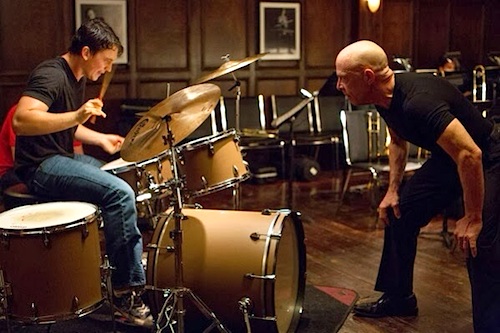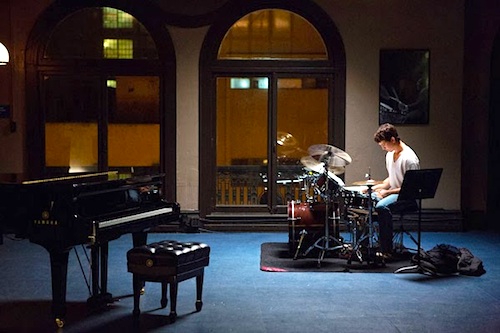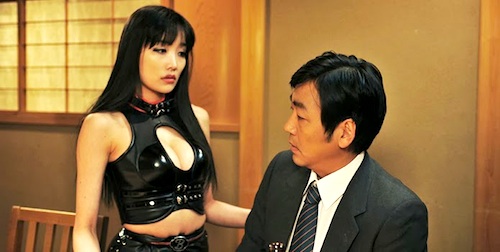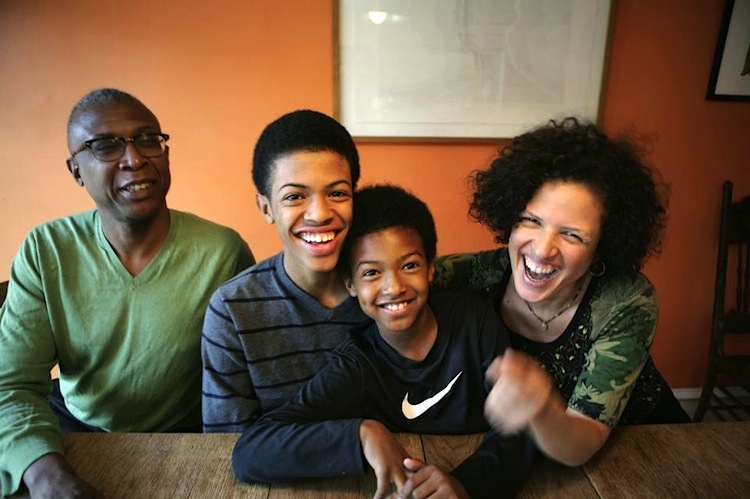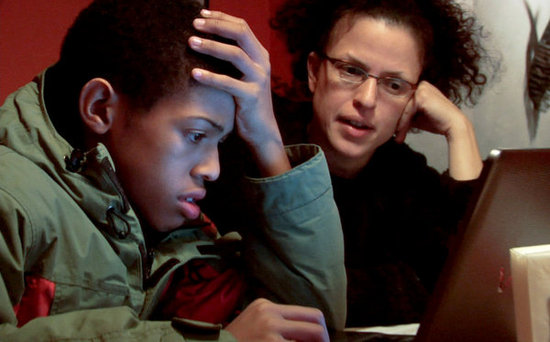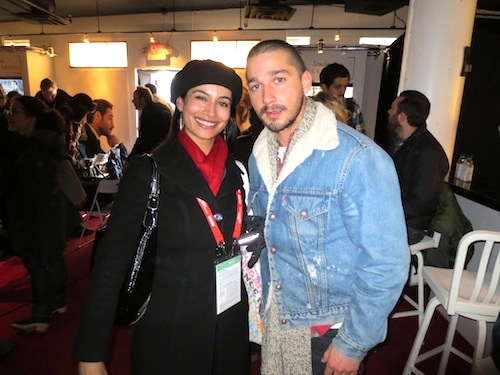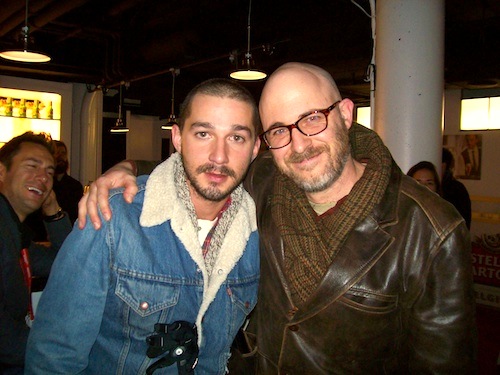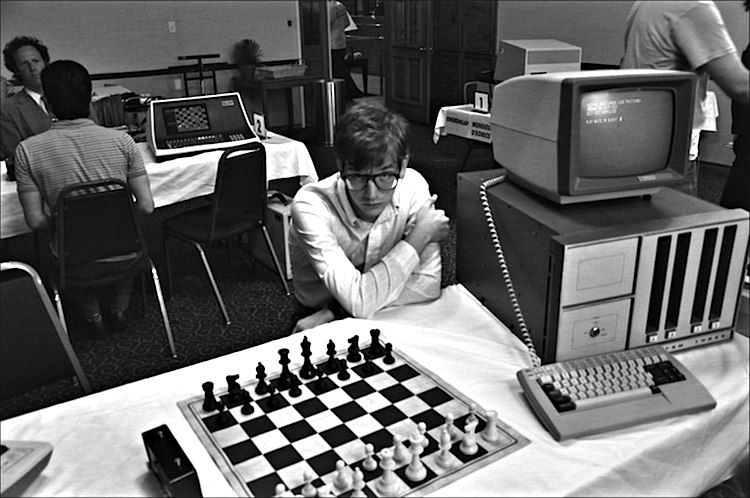By Joe Bendel. Yesterday was a happy morning for a Belgian bear and mouse. Based on Gabrielle Vincent’s children’s books, it was always considered another serious animated Oscar contender from GKIDS – and on top of its Academy nomination, Benjamin Renner, Stéphane Aubier & Vincent Patar’s Ernest and Celestine now also holds the distinction of being one of the first two films selected for the inaugural Sundance Kids section at the 2014 Sundance Film Festival, which kicked off Thursday night in Park City.
Bears live above ground, in a human-like state of middle class respectability. The mice live below, toiling away in a Dickensian subterranean city. Neither Ernest the busking bear nor Celestine the artistic mouse fit comfortably within their respective communities. Like most mice, Celestine is expected to scavenge coveted bear’s teeth from the surface world for the mice dentists, who sit atop the social order down below. Naturally, she is terrible at it. However, a chance encounter with Ernest leads to some rare cross-species collaboration—teeth for Celestine and food for Ernest.
Alas, word of their scandalous association leads to pariah status for them both. Yet, for a while they live happily together as outlaws in Ernest’s remote forest bungalow. Of course, neither the world of mice nor bears will be content until they are apprehended. Still, that will be the best opportunity for E&C to teach them a lesson in tolerance.
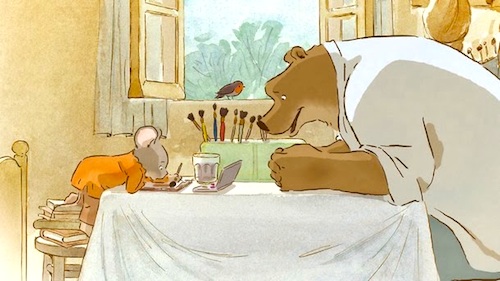
E&C’s hand-drawn animation has an elegant, old European feel that is refreshingly nostalgic. While sometimes the message is laid on with a heavy hand, the vibe is usually quite gentle and sweet. Frankly, one would never expect such a graceful and well intentioned film from Aubier and Patar, the team behind the anarchic bedlam of the Town Called Panic franchise, but here it is—and it is indeed a fine work of animation. Their figures are expressive and endearing, but not cloyingly cute. Jazz cellist Vincent Courtois’s lightly buoyant score also reinforces the sophisticated atmosphere.
While only the celebrity English version of C&E will play at Sundance (featuring Forest Whitaker as Ernest), its announced March release will also include select subtitled screenings of the original French (with Lambert Wilson gruffly giving voice to Ernest). Visually it is an absolute charmer and the characterization is strong enough to overcome the not so subtle teaching moments. Recommended for all children and fans of animation, Ernest and Celestine screens this Saturday (1/18) and next Saturday (1/25) in Park City, as well as this Sunday (1/19) in Salt Lake, as part of this year’s Sundance Film Festival.
LFM GRADE: B
Posted on January 18th, 2014 4:17pm.
